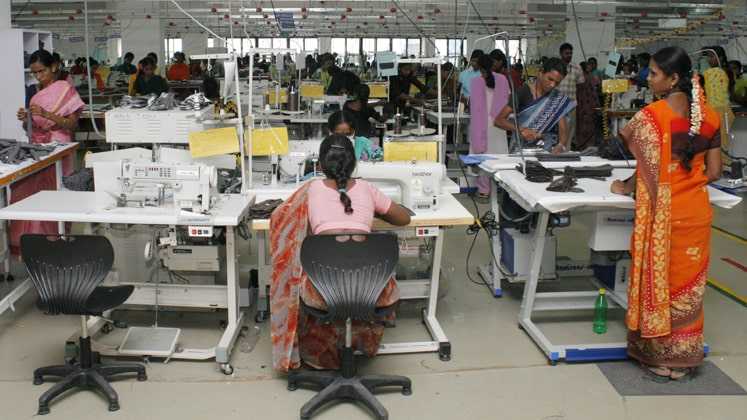India apparel exporters came in for another disappointment as the Indian government announced a marginal decrease of 0.1 per cent (2 per cent to 1.9 per cent) in the duty drawback rates of cotton-based apparel items recently. Apparel exporters are quite disappointed with the decision as they demanded an increase of at least 2 per cent as opposed to the decrement. As per the industry estimate, this decrease will result into at-least loss of US $ 12 million to Indian apparel exporters. From last few years, duty drawback rates have not been as per the Indian exporters’ demand. The rates for MMF-based garments have been unchanged.

The Ministry of Commerce & Industry periodically reviews the duty drawback rates by mandating the Duty Drawback Committee and changes the rates so that all the central taxes are refunded so as to avoid export of taxes and have a level playing field in the global market.
The Apparel Export Promotion Council (AEPC) is trying to figure out that why the rates decreased and is in touch with the concerned department. Along with this decrease, industry is also disappointed as Rebate on State Levies (RoSL) rates have not been announced.
On the other side, there is a marginal increase for several items of textiles and clothing products in the duty drawback rates. The revised rates will be applicable from 19 th December, 2018. Industry strongly feels that the overall drawback rates need to be enhanced by at least up to 6 to 7 per cent from the existing 1-3 per cent.
He further demanded that RoSL rates, which is currently 1.7 per cent of FOB value of exports, should increase at least by 2 per cent. It is essential to refund the embedded / blocked taxes and also the inverted duty to further improve the competitiveness.
The duty drawback has been increased from 1.2 per cent to 1.7 per cent for cotton yarn, from 1.3 per cent to 1.6 per cent for cotton fabric from 2 per cent to 2.6 per cent for made-ups. Further, the removal of drawback caps in the case of those export products where the drawback rates are less than 2 per cent will benefit the cotton textiles exporters. Pile fabrics, including long pile fabrics and terry fabrics, knitted or crocheted of wool got increased duty of 1.80 per cent but there is drawback cap per unit in Rs. 53.3. Wool item seems to be benefited to the max as far as increased duty drawback rates are concerned. SIMA has welcomed this move and expected that the increase would help the exporters to improve their competitiveness especially in the PTA countries.
This segment of textile industry also urged the Government to increase the Merchandise Export from India Scheme (MEIS) rate for fabrics from 2 per cent to 4 per cent and also to cover cotton yarn under the MIES and 3 per cent Interest Equalization Scheme so that exports of cotton textiles can achieve its true potential.
The apparel export Industry has always raised the issue that the government should promote the export of value-added product (final product like garment) rather than raw material like yarn or fabric so that India can get maximum benefit. But increased duty drawback rates on raw material is against the apparel industry. “The increase in duty drawback rates for cotton is also a move against apparel exporters. To support the increase of raw material is in-fact a support of competitor countries like China, Vietnam and Bangladesh,” says Raja.
Earlier the rate of cotton was 0.15 per cent which is now 0.5 per cent. Due to this, cotton traders will tend to focus more on cotton exporters rather then its supply to domestic market.

Post a Comment